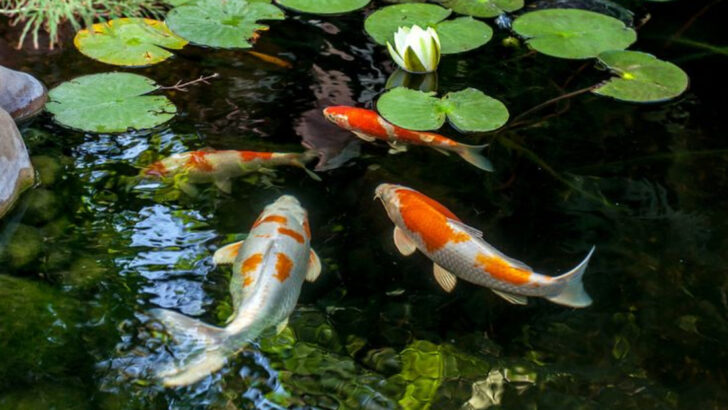It’s not just a fish—it’s a $1 million obsession.
Behind tranquil ponds and flowing waterfalls lies a cutthroat, high-stakes battle.
Collectors are clashing.
Breeders are scheming.
And at the center of it all?
The rarest, most mesmerizing koi on Earth.
Japan guards its koi bloodlines like royal treasure.
America wants in—badly.
And the result is a quiet war of pride, money, and genetics.
This isn’t some backyard hobby.
It’s an underground world of auctions, whispered deals, and koi flown first-class.
Curious how a fish sparked international tension?
You’re about to enter the koi arena, where beauty comes with drama—and a price tag that could buy you a house.
The Cultural Symbolism of Koi
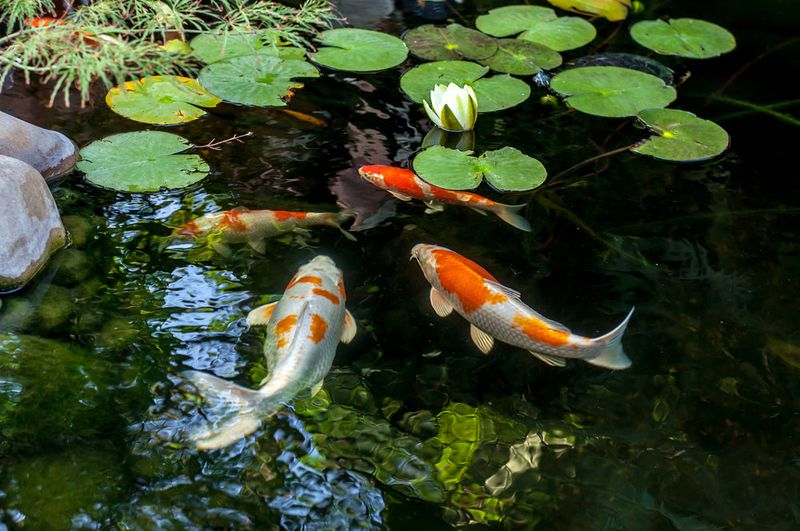
Koi fish hold a revered place in Japanese culture, symbolizing perseverance and good fortune. These aquatic jewels are celebrated in festivals and art, inspiring a deep cultural connection. In America, koi have become symbols of elegance and exotic beauty, gracing gardens and homes. This shared appreciation creates a bridge between cultures, yet also fuels competition. Koi’s rich symbolism transcends mere aesthetics, embodying values and traditions that resonate deeply. This cultural significance adds layers to the rivalry, making each koi not just a fish, but a living emblem of heritage and aspiration.
The Rise of Koi Auctions

Koi auctions in Japan are vibrant spectacles, attracting enthusiasts from around the globe. These events are not merely sales but celebrations of craftsmanship, where buyers vie for the finest specimens. In recent years, American collectors have become prominent players, seeking to acquire prestigious koi. The auctions highlight the intersection of art and commerce, where a single koi can command thousands of dollars. This bidding war underscores the economic stakes and cultural pride intertwined in the koi trade. Auctions serve as a stage for this international contest, blending tradition with modern market dynamics.
Breeding Techniques and Innovations
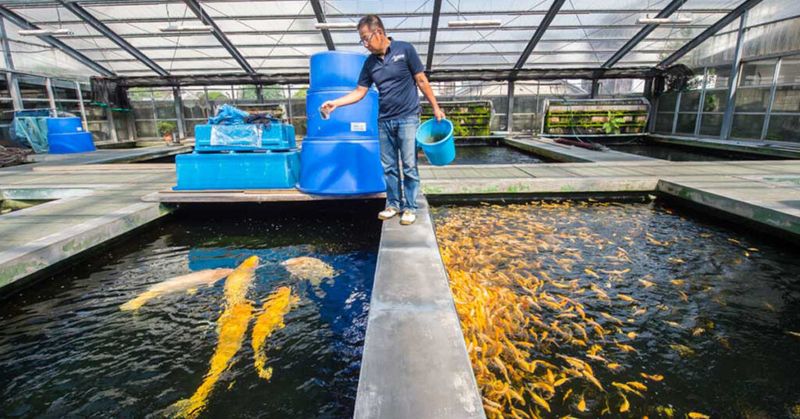
Japanese breeders are renowned for their meticulous techniques, passed down through generations. They blend innovation with tradition, creating koi of unparalleled beauty. American breeders, eager to compete, adopt these methods while introducing their own innovations. This fusion of practices leads to a diverse koi landscape, where creativity meets expertise. The rivalry fosters a quest for perfection, pushing boundaries in koi aesthetics. Each fish becomes a testament to breeding prowess, reflecting the dedication and artistry involved. This blend of heritage and novelty fuels the competitive spirit, driving breeders to achieve new heights.
Koi as Status Symbols
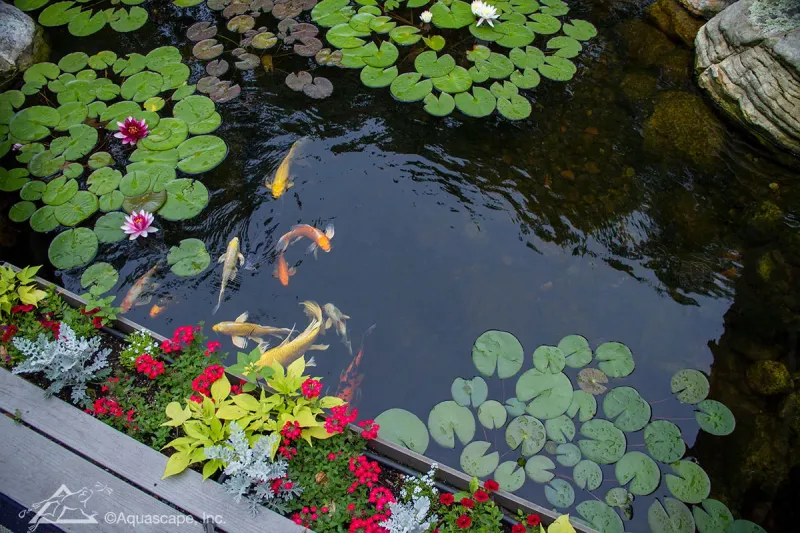
In both America and Japan, koi have transcended their ornamental status to become symbols of wealth and sophistication. Owning rare koi is akin to possessing fine art, with collectors investing substantial sums. This prestige adds another layer to the rivalry, as enthusiasts strive to curate exceptional collections. The allure of rare koi lies in their unique patterns and vibrancy, making them coveted treasures. These fish become living jewels, reflecting the owner’s taste and status. The competitive nature of koi collection intensifies as individuals seek to showcase their finest specimens.
Environmental Impact and Conservation Efforts

The rise in koi popularity raises environmental concerns, prompting conservation efforts in both America and Japan. Maintaining koi ponds requires careful ecological balance to prevent harm to local ecosystems. Conservationists work tirelessly to protect native species while accommodating koi. This environmental aspect adds complexity to the rivalry, as both nations strive to preserve biodiversity. Efforts include sustainable breeding practices and habitat restoration, ensuring koi coexist harmoniously with nature. This shared responsibility unites enthusiasts, fostering a sense of stewardship. The fight over koi extends beyond competition, embracing a commitment to environmental sustainability.
Koi in Pop Culture
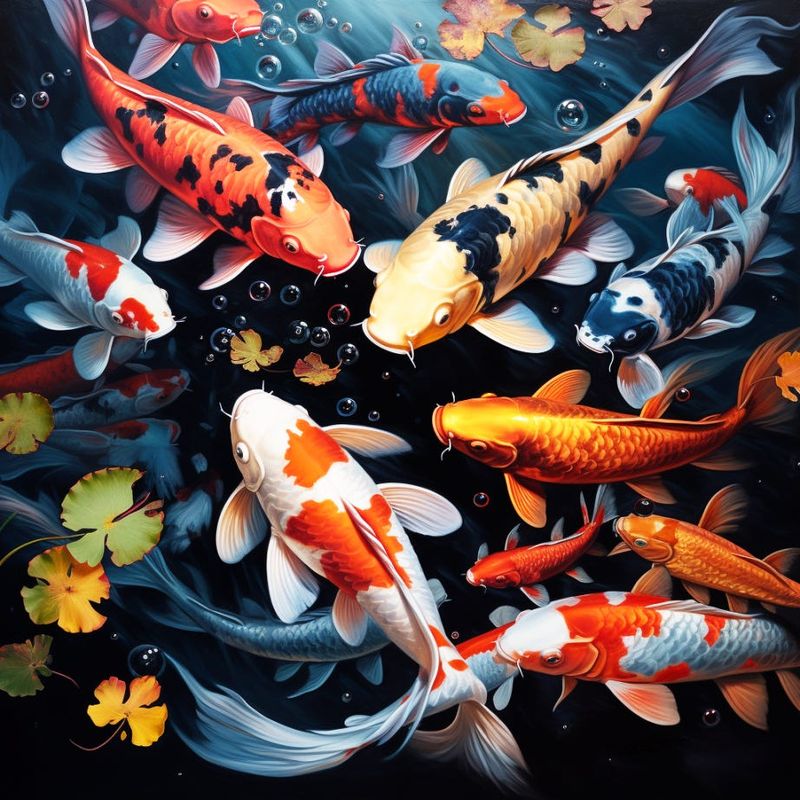
Koi fish have swum into the realm of pop culture, appearing in movies, tattoos, and art across the globe. Their captivating designs and rich symbolism make them popular motifs in various media. In America, koi symbolize exotic allure and artistic expression, while in Japan, they remain cultural icons. This presence in pop culture reflects their universal appeal, bridging cultural gaps. The artistic representation of koi enhances their mystique, drawing attention from diverse audiences. This cultural diffusion adds another dimension to the rivalry, as koi become emblematic of a shared artistic inspiration.
Technological Advancements in Koi Care
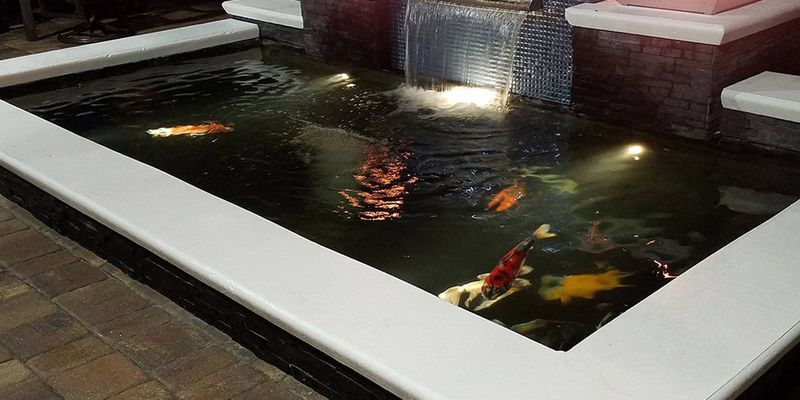
The competition over koi has spurred technological innovations in their care and maintenance. Advanced filtration systems and monitoring tools ensure optimal living conditions, enhancing koi health. In both America and Japan, technology plays a pivotal role in koi husbandry, providing precision and efficiency. These advancements reflect a commitment to excellence, driving enthusiasts to adopt state-of-the-art solutions. The fusion of tradition and technology enhances the koi experience, setting new standards in care. This technological race adds a modern twist to the age-old rivalry, highlighting the evolution of koi keeping in the digital age.
Historical Roots of the Koi Trade

The koi trade has deep historical roots, tracing back to Japan’s Niigata Prefecture in the 19th century. Initially bred for their vibrant colors, koi quickly gained popularity, becoming a prized commodity. This history underpins the current rivalry, as both nations revere the koi’s storied past. American enthusiasts embrace this heritage, appreciating koi as living pieces of history. The trade’s evolution reflects cultural exchange and mutual admiration, fostering a unique bond between countries. Understanding this history enriches the rivalry, providing context and depth to the ongoing fascination with koi fish.
Koi Fish Show Competitions

Koi shows are prestigious events where enthusiasts showcase their prized specimens, competing for accolades and recognition. In America, these shows have grown in prominence, attracting international participants. Japanese breeders often dominate, reflecting their expertise and tradition. The competitive atmosphere fuels innovation and excellence, pushing participants to present their best. These events celebrate the art of koi keeping, highlighting the dedication and passion involved. The rivalry plays out on this grand stage, with enthusiasts striving for excellence. Koi shows epitomize the blend of competition and camaraderie, uniting a global community in admiration of these aquatic marvels.
Economic Impact of the Koi Market

The koi fish market holds significant economic weight, influencing local economies in both America and Japan. Koi breeding and trade create jobs and stimulate tourism, with enthusiasts flocking to renowned breeding farms and auctions. This economic impact underscores the rivalry, as both nations benefit from the thriving market. The blend of culture and commerce attracts investors and collectors, enhancing regional prosperity. The koi market’s vitality reflects a global fascination, driving growth and innovation. This economic dimension adds depth to the competition, showcasing the financial stakes intertwined with the passion for koi fish.
The Role of Koi Clubs and Associations

Koi clubs and associations play a vital role in fostering community and knowledge sharing among enthusiasts. These groups organize events, provide education, and support conservation efforts. In both America and Japan, koi clubs serve as hubs for cultural exchange, bridging gaps between collectors. They offer a platform for enthusiasts to connect, share experiences, and celebrate their passion. This sense of community adds a collaborative dimension to the rivalry, as members support each other’s growth. Koi clubs embody the spirit of friendship and learning, enhancing the multifaceted world of koi appreciation.
Koi Fish Genetics and Research
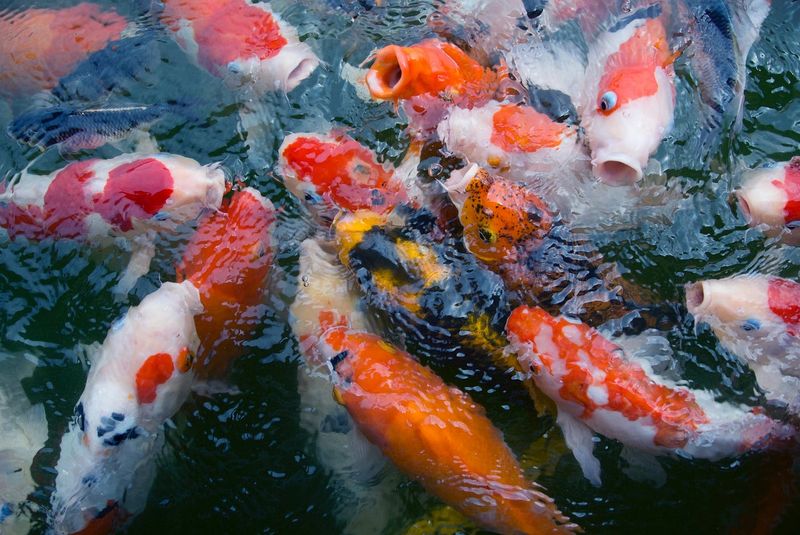
Genetic research on koi fish has advanced our understanding of their vibrant colors and patterns. Scientists explore the genetic makeup that defines koi aesthetics, unlocking secrets of their allure. In America and Japan, research institutions delve into koi genetics, seeking to enhance breeding practices. This scientific pursuit adds an intellectual edge to the rivalry, as both nations strive for breakthroughs. The study of koi genetics blends art and science, reflecting the complexity of these creatures. This research enriches the appreciation of koi, highlighting the intricate interplay of color, pattern, and genetics.
Koi Festivals and Celebrations
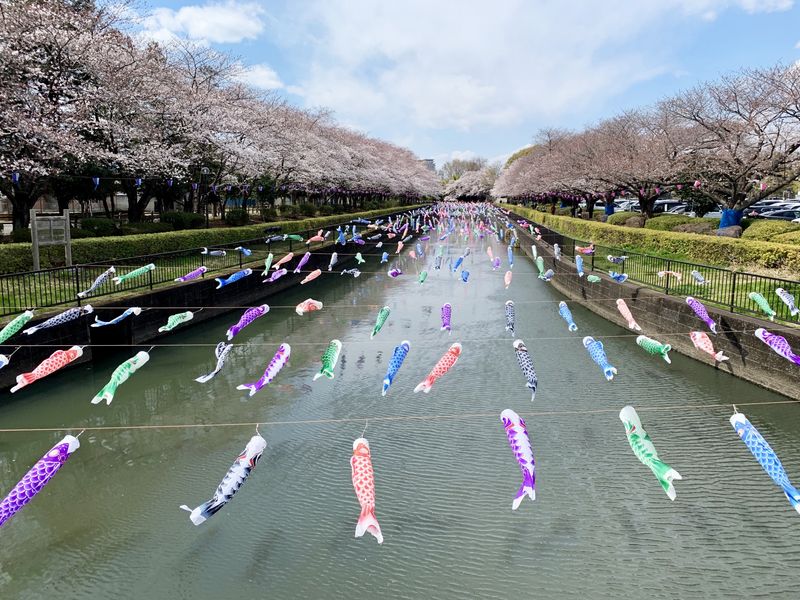
Koi festivals are vibrant celebrations, honoring these majestic fish and their cultural significance. In Japan, festivals feature parades, art displays, and community gatherings, showcasing the joy of koi appreciation. America, too, hosts koi events, reflecting the cultural exchange and shared enthusiasm. These festivals embody the spirit of unity and celebration, transcending competitive boundaries. They highlight the joy and wonder that koi inspire, drawing people together in admiration. The festive atmosphere adds a joyful contrast to the rivalry, emphasizing the shared love for koi. Celebrations foster goodwill, reinforcing the cultural bonds forged through a common passion.

